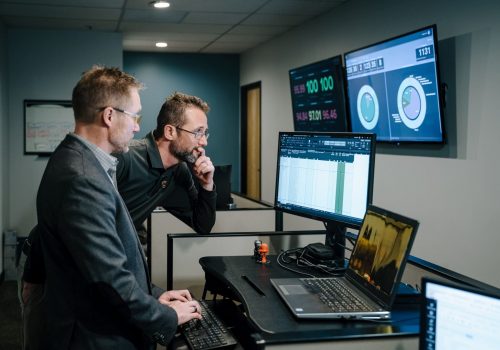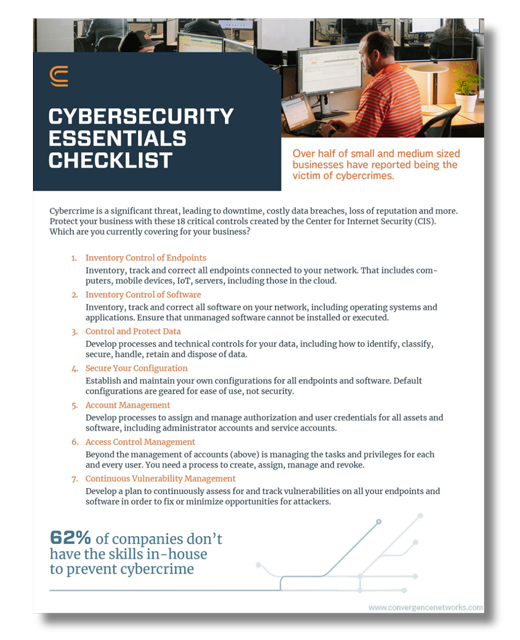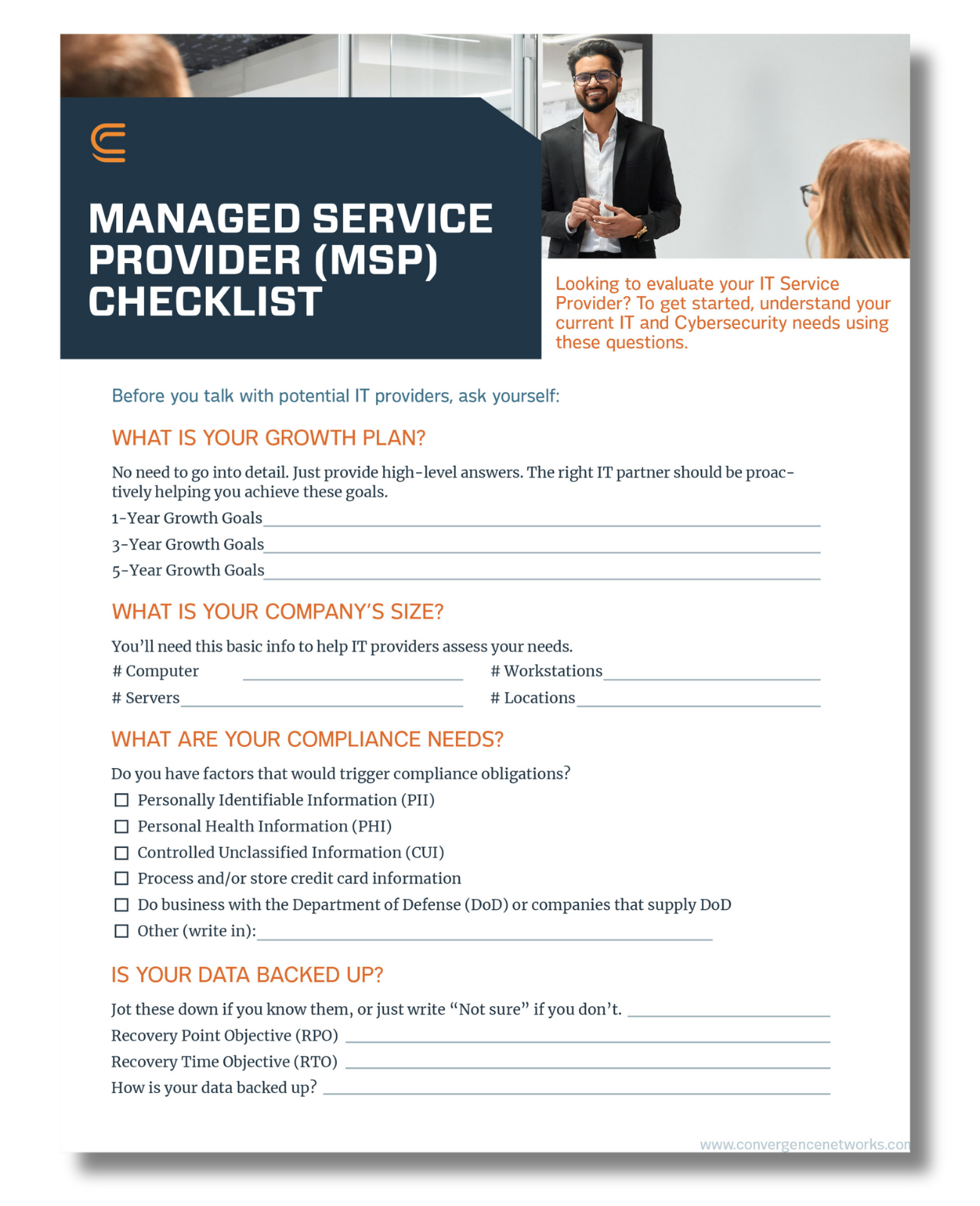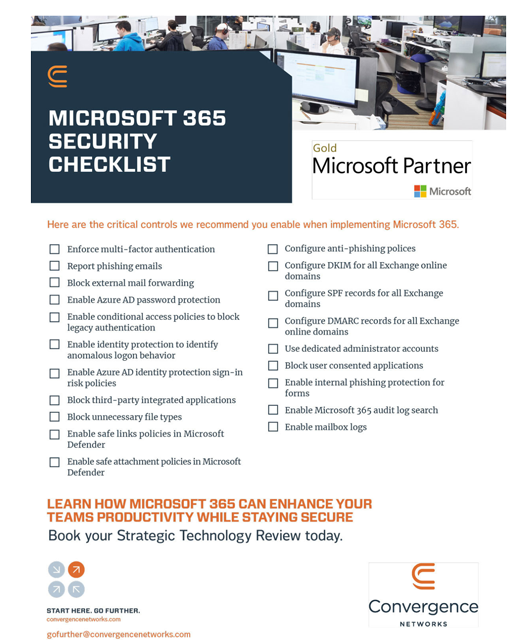In recent years, cybercriminals have found ways to commercialize their illegal activities. One of the most concerning trends in the cybersecurity industry is the rise of “Crime-as-a-Service” (CaaS), which refers to the provision of criminal tools and services to non-technical criminals who lack the expertise to commit cybercrimes on their own.
Essentially, CaaS allows anyone to become a cybercriminal by providing a range of tools and services that can be used for illegal purposes. CaaS providers operate like legitimate businesses. They have HR departments, marketing teams, and even PR staff to provide official press statements.
What is Crime-as-a-Service?
Crime-as-a-Service is a term used to describe the business model of providing cybercriminal tools and services to other criminals. These services range from simple phishing kits to complex malware and hacking tools, and they can be used for a variety of purposes, including stealing personal information, conducting Distributed Denial of Service (DDoS) attacks, or hacking into corporate networks. Essentially, CaaS is a way for non-technical criminals to access and use sophisticated cyber tools without having to develop the expertise themselves.
They use sophisticated marketing tactics to attract customers and offering a range of services to meet the needs of their clients. Some of the most common CaaS offerings include:
- Malware-as-a-Service (MaaS): MaaS providers offer access to pre-built malware that can be used for a range of purposes, including stealing data, taking control of systems, or conducting DDoS attacks.
- Ransomware-as-a-Service (RaaS): RaaS providers offer access to ransomware tools that can be used to lock down systems and demand payment from victims.
- Phishing-as-a-Service (PaaS): PaaS providers offer pre-built phishing kits that can be used to trick individuals into providing personal information or downloading malware.
The rise of CaaS
The rise of CaaS can be attributed to a number of factors, including the growing demand for cybercrime services, the increasing complexity of cyber-attacks, and the emergence of the dark web. Cybercrime has become an increasingly lucrative industry. As attackers become more established, crime-as-a-service offers seasoned cybercriminals a quick and relatively consistent payday. As a result, there is a growing demand for cybercrime services, and CaaS providers have stepped in to meet this demand.
The increasing complexity of cyber-attacks has also played a role in the rise of CaaS. Cyber-attacks are becoming more sophisticated and difficult to carry out, requiring specialized knowledge and expertise. CaaS providers offer an easy way for non-technical criminals to access and use these tools without having to develop the expertise themselves.
The emergence of dark web marketplaces has made it easier for CaaS criminals to operate anonymously and sell their services to a wider range of customers. These marketplaces provide a platform for criminals to buy and sell cybercrime services, making it easier for non-technical criminals to access and use these tools.
Why business leaders should be concerned about CaaS
Business leaders should be concerned about the rise of CaaS for several reasons. First and foremost, CaaS makes it easier for cybercriminals to carry out attacks on their organizations. In some instances, this may also mean internal threats could play a bigger part on crime-as-a-service than most leaders expect. Last year, Meta employees were caught employees using their privilege to hack into user’ Facebook accounts on behalf of hackers. Some of the cases involved bribery where the employees were being paid thousands of dollars to hack into accounts.
- Increased risk of cyber-attacks: With the rise of CaaS, the risk of cyber-attacks on businesses is higher than ever. Non-technical criminals can easily access and use sophisticated cyber tools that were once only available to experienced hackers. This means that businesses need to be more vigilant and invest in cybersecurity measures to protect themselves against these threats.
- Damage to reputation and trust: A successful cyber-attack can be detrimental to a business’s reputation. If personal data or financial information is compromised, customers may lose confidence in the business’s ability to protect their sensitive information. This can lead to a loss of customers and revenue.
- Financial losses: In 2022 the average cost of a breach in the United States was $9.44 M. If a business experiences an attack they often need to pay for damages caused by the attack, cover the costs of investigating the attack, and invest in additional security measures to prevent future attacks. This can be a significant burden for any business that may not have the resources to bounce back from a cyber-attack.
- Compliance and regulatory issues: Businesses that collect and store sensitive information are subject to compliance and regulatory requirements. A cyber-attack that results in a breach of this information can lead to legal and regulatory issues that can be time-consuming and expensive to resolve. Businesses that fail to comply with these regulations may face fines or legal action.
- The cost of cybersecurity: Investing in cybersecurity can be expensive, and businesses may be hesitant to spend money on measures that they may not see the immediate benefits of. However, the cost of not investing in cybersecurity can be much higher. CaaS makes it easier for cybercriminals to target businesses, so it is essential that businesses take the necessary steps to protect themselves and their customers. The cost of a cyber-attack can far outweigh the cost of investing in cybersecurity measures.
Keep Your Business Secure
CaaS is a growing concern for security experts and the first step to keeping your business secure from this threat is to adopt a formal cybersecurity program – today. As a leader, you do not have time to wait.
Investing in cybersecurity has become an urgent necessity for businesses in the digital age. As companies evolve and becoming increasingly digital, data and systems generally become more vulnerable to cyberattacks and no business, regardless of size or industry, is immune to the risks.
Businesses must invest in cybersecurity measures to protect themselves and their customers, even if it means incurring additional costs. By doing so, they can mitigate the risks posed by CaaS and ensure the long-term success of their business.
If your organization is ready to make the necessary modifications and advancements to keep up with the current threat landscape, the next step is to contact a cybersecurity firm, like Convergence Networks. We will work with you to navigate your current environment and work towards building a secure tomorrow for your business. Contact us to learn more about your security gaps and the investments you can make to keep your company, customers, employees, and partners safe.











